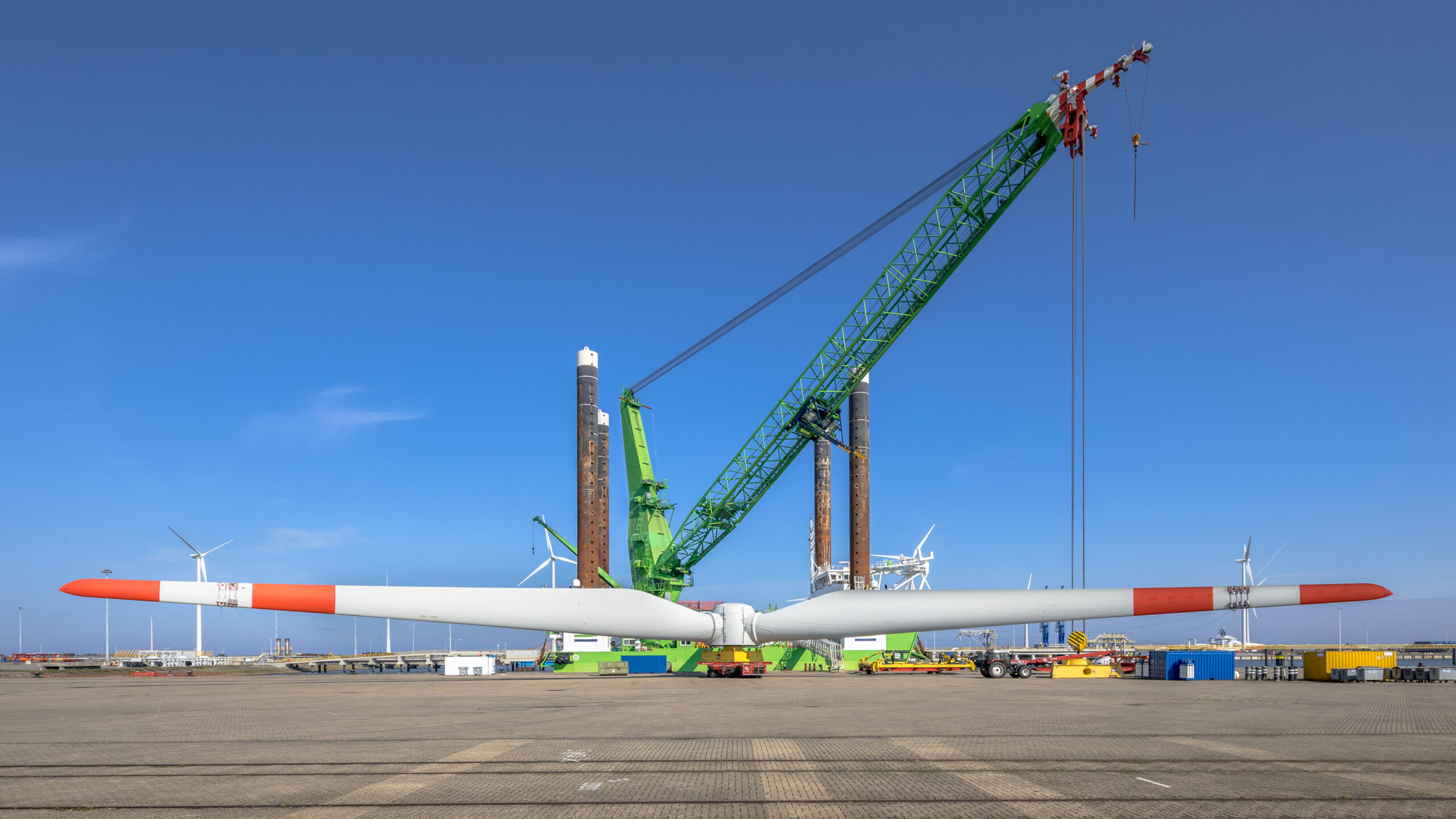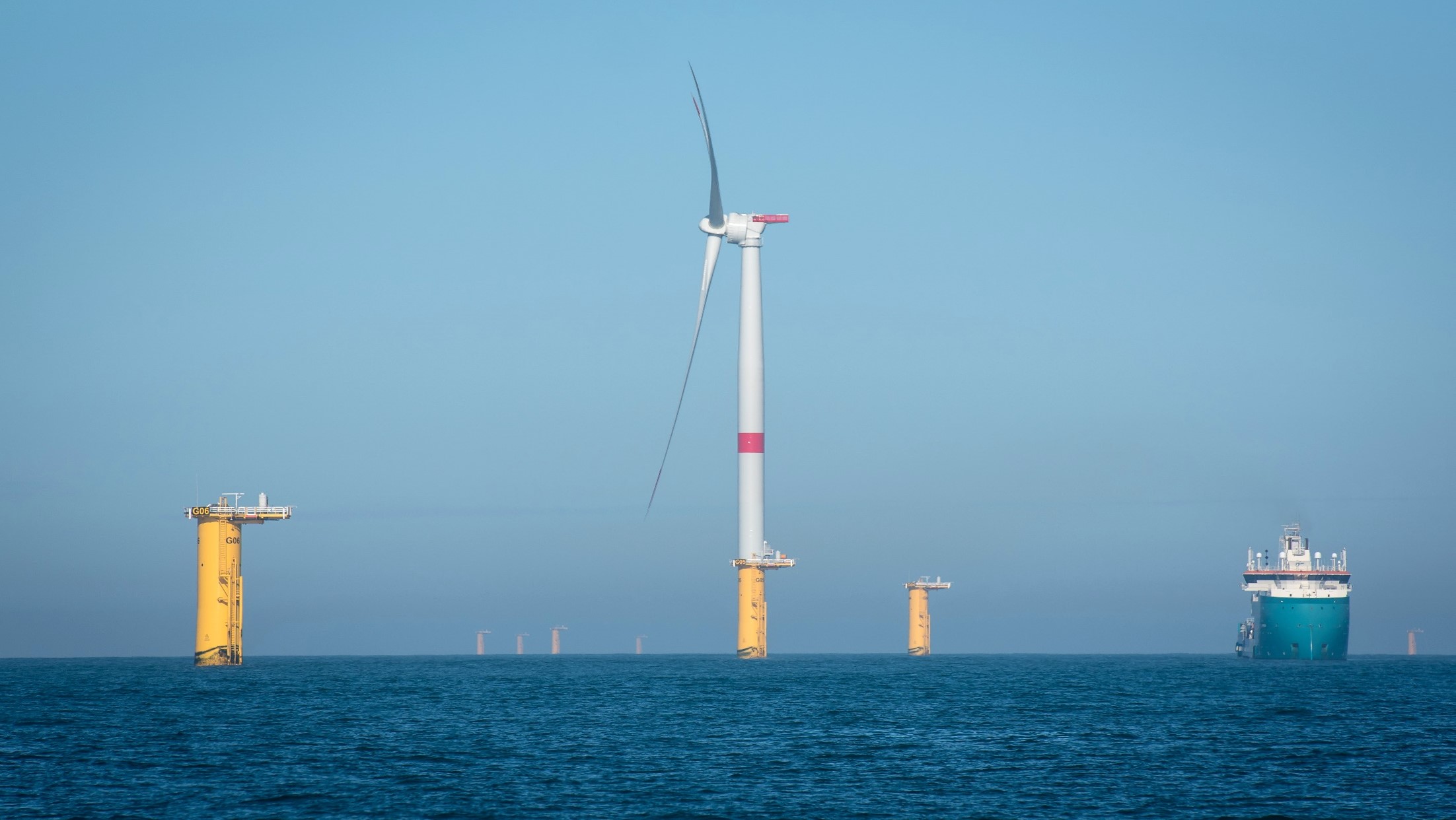From 400 MW to 40 GW: Lessons learnt so far from France’s offshore wind development
French offshore wind is without a doubt on the move. Currently it is auctioning for 6 new sites with a combined capacity of 4.2 GW – 750 MW of which will be allocated to floating offshore wind. More long-term commitments envisage reaching 40 GW of offshore wind capacity by 2050 – a significant leap from today’s 400 MW of online capacity.

Looking ahead following the country’s first offshore wind farm going live last year, what are the key takeaways from the industry so far, that could help further accelerate France’s road to 40 GW?
Market Conditions
France has recently passed its first renewable energy bill, formalising the country’s commitment to the accelerated development of its renewable energy industry. However, bottlenecks still exist both from lengthy permitting procedures and supply chain challenges. Understanding these early on could be helpful to try and circumvent issues down the line.
Currently the permitting process has been reduced to a maximum of 7 years – a step in the right direction, but still longer than in some neighbouring offshore wind markets. Developers can overcome further delay by approaching permitting well-prepared and armed with a complete understanding of the steps ahead.
Preparation and analysis of grid connectivity plans will increasingly play a vital role as pressure mounts on the country’s existing grid connectivity network with more wind farms coming online. This could trigger transmission upgrades and new infrastructure developments. Nonetheless, approaching planning with a clear vision of your grid connection options is central to understanding a project’s long-term feasibility.

In terms of supply chain, France like every offshore wind market, will be battling it out in an ever-more competitive environment as suppliers, contractors, and other stakeholders only increase in demand. The French government has set a non-binding goal for 50% of the offshore wind supply chain to be sourced from local content by 2035. While a great move for local job and industry generation, it will also add pressure to local markets to rapidly tool up the value chain to meet the country’s targets, but if the balance is not managed, it also could increase project costs.
In a more optimistic outlook on the supply chain, France currently hosts 1/3 of Europe’s turbine manufacturing capability at four Atlantic sites. Furthermore, the tendering of floating wind projects coast-to-coast raises the opportunity for local investment in supply chain hubs on both Atlantic and Mediterranean coasts.
In short, the opportunity is massive for local industry and marine communities, but can they tool up in time and to the extent needed. The challenge is there for developers and other stakeholders to get to know well their supply chain development options early on. Mapping out your market and supply chain plan early on can pay back in dividends down the line.
Navigating a changing marine environment
Once over the permitting and development, how can we aim for plain sailing throughout transportation & installation (T&I)?

Understanding the site is key. French waters experience extremely varied environmental conditions, differentiating extensively from coast-to-coast. High quality geotechnical and geophysical surveys are crucial to understanding changing soil conditions throughout a construction period and for future operations.
Metocean analyses are equally critical to determine tidal currents and their impact on both infrastructure and operations. French waters also possess a number of unexploded ordinances (UXO) which naturally require rerouting of cables, jack-up locations, mooring line tensioning and repair work. Detailed expert engineering with contingency planning and operational experience can evaluate environmental risk to operations and infrastructure early on, as well as careful management of change to marine operations.
In terms of logistical challenges at construction, the mobilisation of skilled personnel can also be difficult with experiences of harbour strikes. Shortfall in experienced personnel is a widely shared issue across the world and will also only increase as demand grows. France has the opportunity to tap into its significant petroleum engineering and consulting resource and to transition this workforce to offshore wind construction.
Overall offshore wind construction is multi-facetted and involves a wide variety of stakeholders. Effective interfacing and management of change with all parties is always important to reduce risk of unnecessary delays and unforeseen costs. Local experience and knowledge in the French marine market is therefore, very useful for supply chain navigation, resource management, and to help developers whether local or international, in navigating complex interfacing on a project.
In conclusion
France is on a path to catch up with its climate goals, and offshore wind is a big component of that. The market is moving in the right direction, but so far there are delays from both market, technical and marine perspectives, in getting projects to the finish line.
Market experience, technical and procedural knowledge from early feasibility right through to construction, can help optimise time and even where possible, make back time on a project. Whilst regulatory and permitting delays may continue for the time being, to help France make good on its promise, we should work to mitigate the risks and challenges we know already are out there, early on.
Don’t miss Hugues Delanoue, Managing Director of ABL France, and Hakim Mouslim, CEO of Innosea, discussing this and more in “Fixed and Floating Offshore Wind: What have we learnt so far?”, at Seanergy, today 21st June, 1PM.
About ABL Group in France
ABL Group France consists of the energy and marine consultants ABL, and marine renewable energy technical advisory and consultants, Innosea. Based in Paris, Nantes and Marseille, we have been partnering the first steps in France’s offshore wind journey since 2012, providing a wide range of services to drive development throughout an offshore wind project’s lifecycle.
ABL’s track-record includes working on over 80% of France’s current offshore wind projects, 50% of France’s floating wind projects and supporting the construction of France’s first offshore wind farm at Saint Nazaire.
Together, ABL and Innosea are able to provide offshore wind stakeholders a turn-key service offering to take a project from feasibility through to O&M.
Drop by our stand A14 at Seanergy, to discuss development of French offshore wind and how we can support you.
